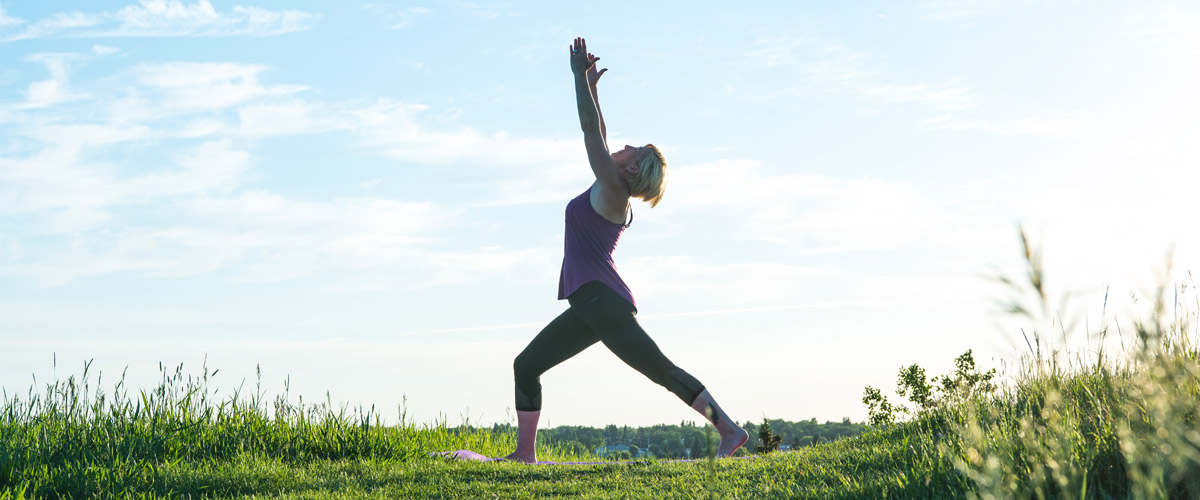Notice if your experience in your practice is different using these drishti points.
You may have heard me use the word drishti during a yoga class. Drishti is the Sanskrit word that means gaze. Each yoga pose has a drishti point, they are; tip of nose, third eye, navel, thumbs, hands, big toes, far to the right, far to the left, and, up to the sky.
If your gaze is steady and focused, your mind will be too. Wandering eyes equal a wandering mind; focused eyes equal a focused mind.
Our practice is grounded through drishti. Our eyes set on a physical, fixed point and we hold our gaze steady. It is essential for stability.
This focus sends soothing messages to the nervous system and brings the mind from distraction to direction. With drishti you are focusing your consciousness. Drishti allows you to to slow your mind and engage more deeply in your practice. Relax your eyes and set them on a fixed point. Your eyes should be soft and tender. Hold your gaze steadily for the duration of the pose. Drishti is key to all balancing poses. Balance comes from a calm, non-reactive mind. We set our mind, beginning with our eyes. If our gaze is steady and focused, our mind will be, too.
Of course we are practicing on our mat to take our yoga off the mat. We need focus in our life. If everything is a priority, nothing is a priority. We need to narrow our focus and find balance in our daily lives.
The following are some examples of poses and the drishti points.
In seated twists take your gaze to the side. Do not strain your eyes, keep the muscles around the eyes relaxed and gaze soft.
In seated forward folds and boat pose, the gaze is to the toes.
In standing forward fold, the gaze is to the tip of the nose. And in half standing forward fold, the gaze is to the third eye.
In downward facing dog the gaze is to the navel. And in upward facing dog the gaze is to the tip of nose.
In Warrior I the gaze is to the thumbs; in Warrior II gaze out over the front hand, in reverse warrior the gaze is to the third eye.
In extended side angle the gaze is upwards, in triangle the gaze is to the hand, in balancing half moon the gaze is upwards.
In fish pose the gaze is to the third eye.
When you hold your gaze on something steady, your body will have an easier time finding steadiness as well.